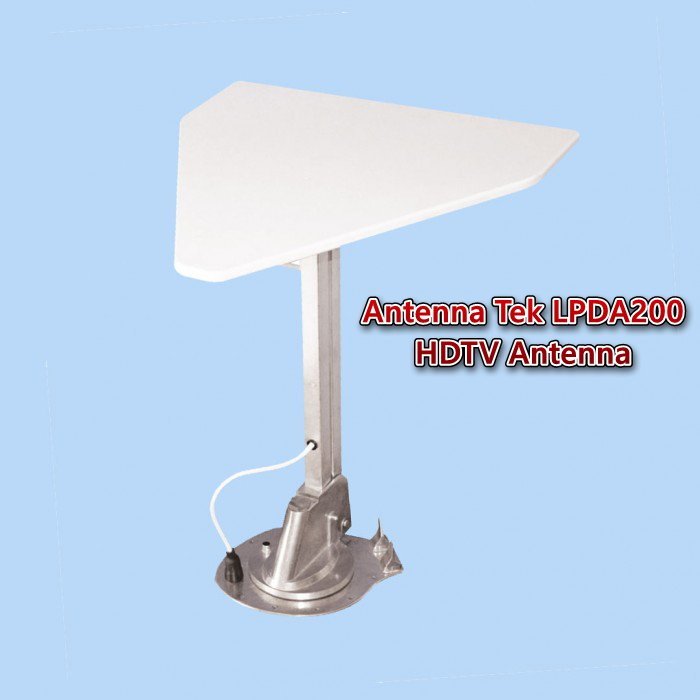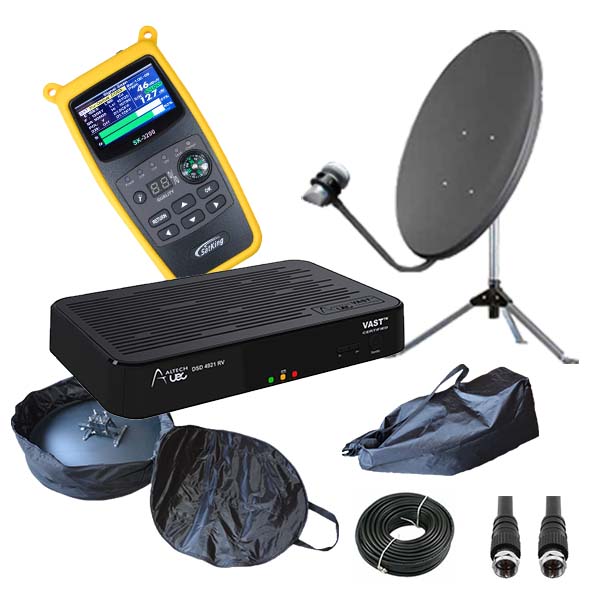The Multiple Choices of TV Reception
VAST Satellite TV – Do I need it?
Much is said in Social Media about there being no TV service “in the bush”. The map here shows all 350+ digital TV transmitter sites in Australia. This map was not created by us but has been made freely available via a Google Maps file. The map is scrollable and can be zoomed to allow you to select any individual site to see it’s location and whether it is Horizontal or Vertical Polarisation.
There are also Apps available to locate your closest transmitter, the best of these I have found is DVB-T available in the App stores. Some of these sites do not transmit all networks, the most common variation being those which are ABC Only. Some sites will have a coverage area of many kilometres and some will provide service only to a local town area. A good guide to this is to be found in the App which shows the transmitter Power in Kilowatts (Kw), anything below 1Kw is servicing a small local area, from there up the range extends to around 50Kw for the major transmitters in metro areas. It can clearly be seen from this that, if you are traveling extensively in the East Coast and South East parts of Australia, then all population centres of any size have service.
Travelers need to be aware that more than 40% of transmitters in regional areas use Vertical polarization of the signal. This means that your antenna has to have the ability to accept both horizontal and vertical signals. Many older antennas accept horizontal only, and some are still being sold despite this number of sites requiring the vertical signal. The most common are the “Wingman” a horizontal bar type antenna, and the “Jack” digital antenna. My personal recommendation is for the Antenna Tek as pictured; supplied on our Sunland caravan in 2019 it is the only antenna which works inside the Caboolture factory and not even wound up! Despite the appearance this is designed for Horizontal and Vertical signals as it is in essence an amplified antenna array inside the triangular housing.

The Satellite Option:
On the other hand, there are some who choose to use only VAST Satellite TV and not use an antenna to access “normal” TV but personally I find it a little monotonous to keep watching Alice Springs advertising and Public Social Service Announcements all the time; plus having the same news services wherever you are from all the commercial channels. A TV antenna is fitted to most vans or can be had between $40 and $400 and no cable changing is needed as VAST connects to the TV via the HDMI or AV cables, not the antenna socket. This personal preference of course is different if you are living on the road like us, or just doing the one “lap” or short “trips”.

Streaming – The Alternative:
We will not dwell on the options here but streaming, accessing your viewing via the internet, has become a more viable option with data options becoming more affordable such as the current (2023) Telstra deal of 400Gb for $85 per month.
The ultimate end of this train of thought is, of course, Starlink, to which we have now succumbed but it comes at cost of $174/month plus hardware at (2023) around $600.
To use streaming there are now an increasing number of very affordable 12 volt Smart TVs, the addition of a Amazon Firestick (which we have) and of course Chromecast/Anycast/Apple TV etc. There are many ways to do this and that’s enough for another article. For the purpose of this discussion let’s just say that there are places with good Telstra signal and poor TV reception and equally vice versa; sometimes there is good Telstra service but not much bandwidth. If you don’t understand the concept of bandwidth it’s like a pipe, if the pipe is small there is only so much “flow” and as the pipe gets bigger there is more “flow” or volume. A Cellphone site has a fixed number of “modules” calculated on the average maximum demand and when that is exceeded everyone has to take a smaller share (the pipe can’t get any bigger). If there is not enough bandwidth you will see a decline in the picture quality, dropping audio, long pauses etc.; some channels handle this better (SBS for example has manual control of the screen definition) As an option to live to air TV, streaming is in there, and in fact, personally, we use it for catchup TV and streaming from Amazon Prime. Starlink of course has no bandwidth issues and almost 100% usage capability only stopped by the lack of view to a clear sky somewhat Southwards.
We will leave it at that for our purposes here.
On to Part two – Satellite TV – What Do I Need?
Articles in this Series:
Part 1 – Do I Need It
Part 2 – What Do I Need?
Part 3 – Making It Work
Part 4 – Satfinder Android App
Part 5 – Troubleshooting

Can I keep my airal and have a satellite dish as well that maybe worth it
Hi Phillip, Yes you can certainly have both, as mentioned in the article I prefer local TV when it’s available which is actually most of our travels. The considerations are how much roof space you have for a fixed dish and solar panels, we would find it difficult to have roof mounted dish but our tripod mount is easy to setup anyway.